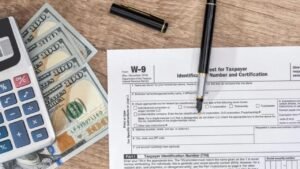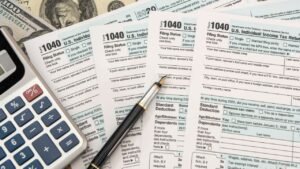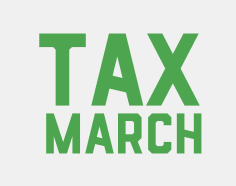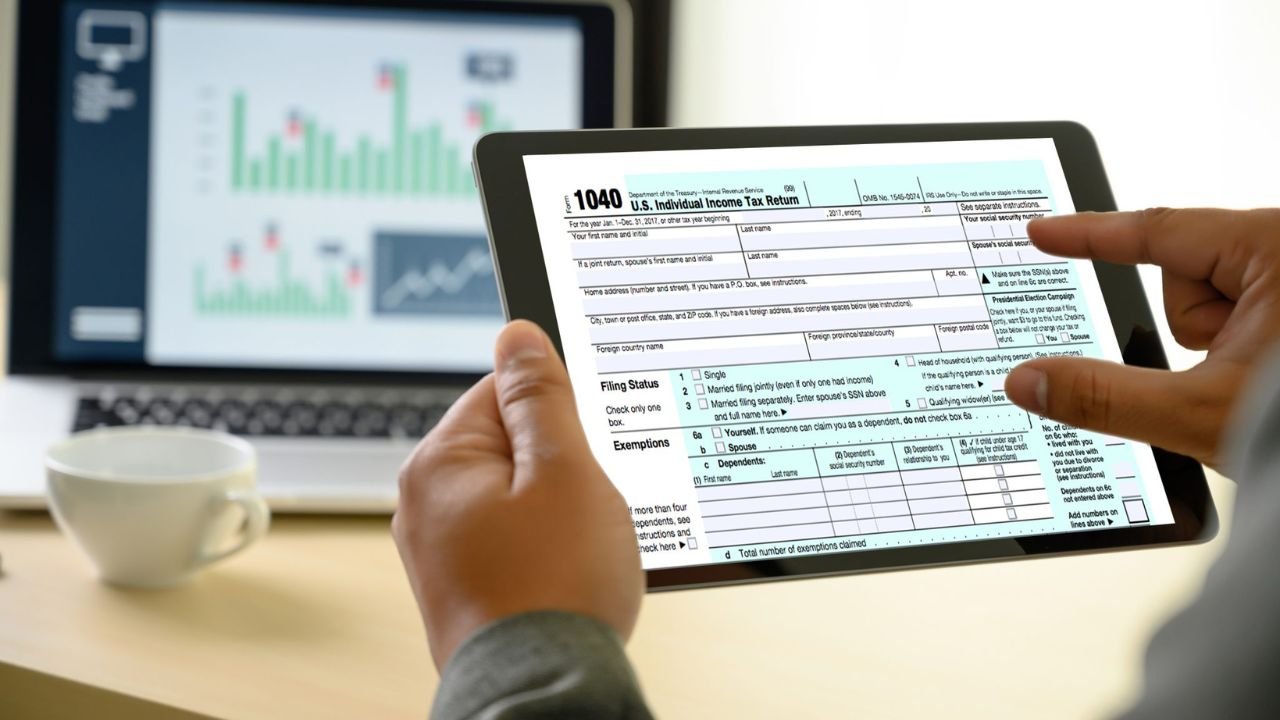The subject of how to file your tax returns arises every year during tax season. The IRS accepts both paper filing and electronic filing, which people can use when submitting their U.S. tax returns. Even while e-filing has become more and more popular, you still have the option to file on paper. Both options have their own pros and cons. But the best option for you will rely on your unique situation. To help you decide which filing technique is best for you, let’s examine the differences.

“IRS data indicates that, to date, nearly 97% of individual taxpayers have e‑filed their returns in 2024,” said the National Taxpayer Advocate Erin Collins.

Contents
What is E-Filing?
E-filing, or electronic filing, refers to the submission of tax returns through an online portal using either IRS-approved software or tax services. The IRS is working to both secure and optimize efficiency as much as possible. Toward that end, it has set up e-filing as the preferred way for 90% of taxpayers in the country.
“Our goal under this initiative is for the IRS to achieve paperless processing by the 2025 filing season, which means digitalizing all returns filed on paper, as soon as the IRS receives them.” – Daniel Werfel, IRS Commissioner.
Also Read Tax Filing Checklist: Everything You Need to File Your Taxes
Tax Filing Checklist: Everything You Need to File Your Taxes
Pros of E-Filing
- Higher Accuracy: Since the IRS e-filing systems are programmed to automatically verify possible errors, they tend to be more accurate compared to manual filing. Automated checks rule out the possibility of calculation errors.
- Faster Processing: Refunds for e-filing taxes are processed within 21 days without much hassle, as opposed to 6-8 weeks for paper returns. “Filing electronically will allow your refund to be processed more quickly and have a refund available sooner than a paper filing,” says Burnette.
- Quicker Refunds: If a refund is approved, it will be directly deposited. E-filing actually makes you receive money sooner. You may get your refund in days rather than months.
- Electronic Confirmation: Electronic confirmation systems provide you with confirmation from the IRS that your return has been received. It means you do not have to wait in suspense for approval.
- Better Security: E-filing limits the chance of your tax return being stolen or lost. E-filing also limits the opportunity when filing using interstate mail.
- Environmentally Friendly: Online filing of taxes aids in reducing paper and, consequently, conserving trees. Essentially, e-filing is an environmentally friendly option.

“There is more rigor around e‑filing across the ecosystem than in paper filing: better accuracy, privacy, and fraud protection.” – Robert Barr, former IRS Assistant Commissioner for Electronic Tax Administration.

Cons of E-Filing
- Data Security Issues: E-filing is secure, but there are cyber threats everywhere. Taxpayers should take care to work with reliable software providers and avail themselves of two-factor authentication when possible.
- Cost of Using Software: The IRS has Free File for straightforward returns, but e-filing might cost for complicated filers. All online tax providers levy a fee for e-filing and complicated returns.
- Not Applicable for Every Return: Certain situations related to e-filing, like difficult filing with numerous documents, might not be eligible for e-filing. Certain forms, particularly those needing considerable additional evidence, need to be filed on paper.
What is Paper Filing?
If you decide to paper file, you have to fill out the necessary tax forms and mail them in by regular mail to the IRS. It is an outdated practice, but not dead. Paper filing is still an option for individuals and organizations seeking a more tactile experience. The ease of e-filing is worth noting, yet that does not discourage people from filing their taxes manually.
Pros of Paper Filing
- No Additional Costs: Paper filing does not involve the expense of using tax software and e-filing services like e-filing does.
- Internet Connectivity Not Required: Paper filing is a wonderful option for seniors and other individuals who do not have access to the Internet.
- Security: Most taxpayers prefer to feel safe in sending their tax returns through the mail and not using an internet-based option due to the issue of cyber breaches.
- Supporting Documents Can Be Included: Paper filing allows you to attach supporting documents.
Cons of Paper Filing
- Delayed Processing: Paper returns are time-consuming to process, which increases the probability of receiving refunds on time. During tax season, the IRS can take six to eight weeks or more to process paper returns.
- Slow Confirmation: Paper filers, in contrast to electronic filers, do not have an immediate confirmation from the IRS. Taxpayers at risk of losing their return documents could be forced to repay and face a penalty for problems encountered with delays during submission.
- Refunds Take Too Long: When you anticipate a tax refund, filing by paper takes longer compared to e-filing. The duration may be longer than some weeks, depending on the IRS schedule.
“Electronic returns are not susceptible to having pages getting separated or lost entirely as compared to a paper return,” says Rob Burnette, investment advisor representative and professional tax preparer at Outlook Financial Center.
Snapshot: E-filing Vs Paper Filing for U.S. Tax Returns
| Feature | E-Filing | Paper Filing |
| Cost | Free options available, software cost possible | Printing, postage possible |
| Refund Speed | Faster (within 21 days) | Slower (four weeks or more) |
| Security | Cyber treats risk | Physical loss risk |
| Convenience | Online access, 24/7, digital records | No internet needed, physical records |
| Confirmation | Instant receipt confirmation | No instant receipt confirmation |
| Accuracy | Lower error risk | Higher error risk |
| Processing Time | In days | In 6 to 8 weeks |
Which Tax Filing Option Is Best for You?
So, how do you select a tax filing option? Your tax situation, personal preferences, and priorities will determine your selection.
Opt for E-Filing If:
- You prefer quicker processing and refund payments.
- You enjoy automatic computations and error adjustments.
- You are capable of filing tax returns via the Internet.
- You prefer minimizing paperwork and postage-related expenses.
- You are looking for an affordable option and qualify for Free File services.
- You want an electronic version of your tax return that you can quickly access.
Opt for Paper Filing If:
- You prefer the traditional method of filing.
- You have a complex return that must be filed on paper.
- You do not want to pay for software programs.
- You do not feel secure in the safety of online information.
- You prefer to correct a tax return with additional information.
- You do not have continuous access to the Internet.
FAQs
How soon can I anticipate my refund with e-filing versus paper filing?
E-filed return refunds are usually processed sooner, usually in three weeks, while paper-filed returns take a maximum of six weeks for processing and refund payment.
Is e-filing safer than paper filing?
E-filing tends to be safe with the latest encryption technologies, but paper filing removes the potential of internet data theft, depending on one’s expertise in computer security.
Can I file my state tax returns electronically?
Yes, but check with your specific state tax agency, as most states allow electronic filing of state tax forms.
What occurs if my electronically submitted return contains an error?
Compared to paper returns, e-filed returns are easier to amend and resubmit. Additionally, the majority of e-filing tools come with built-in error checks that will detect a lot of errors.
How can I find out if my electronic or paper return has been received?
Filers often receive an instantaneous electronic notice for returns that are electronically filed. Although there is no immediate electronic notice provided for paper returns, the receipt can be confirmed using services like certified mail.

